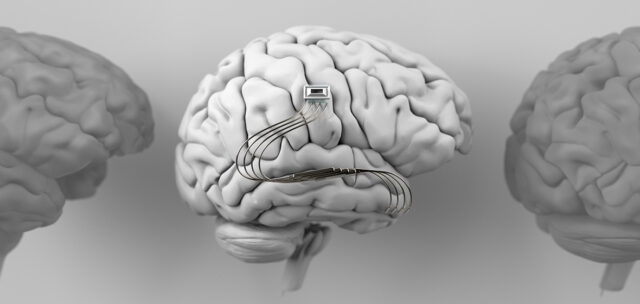Neurotechnology: Unlocking the Potential of the Human Brain

Course Content
Introduction
-
The power and complexity of the human brain
00:00 -
The emergence of neurotechnology as a groundbreaking field
00:00 -
Overview of the eBook’s purpose and structure
00:00